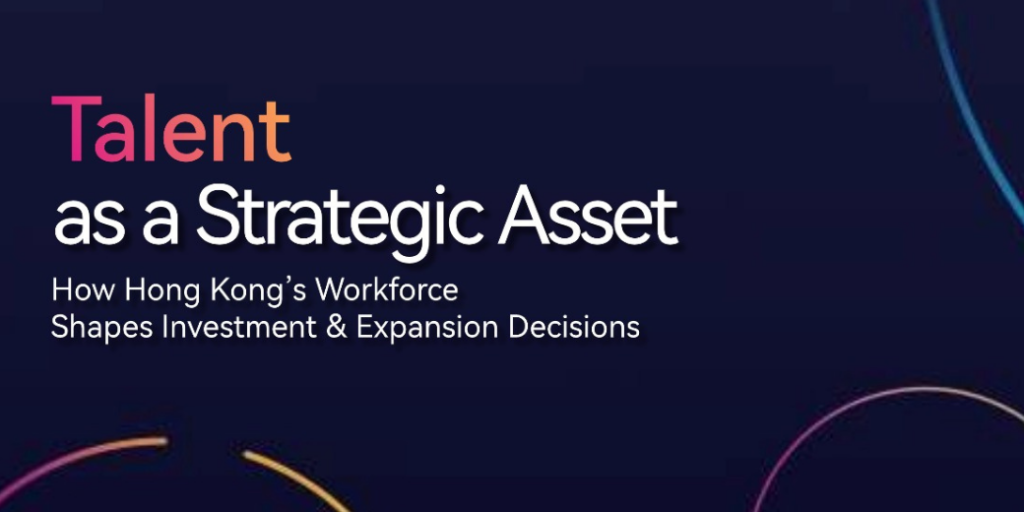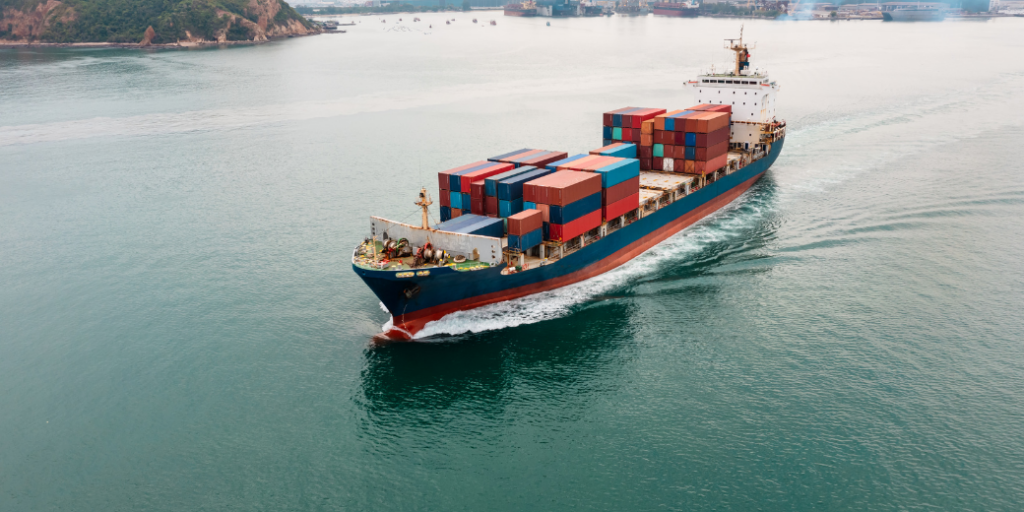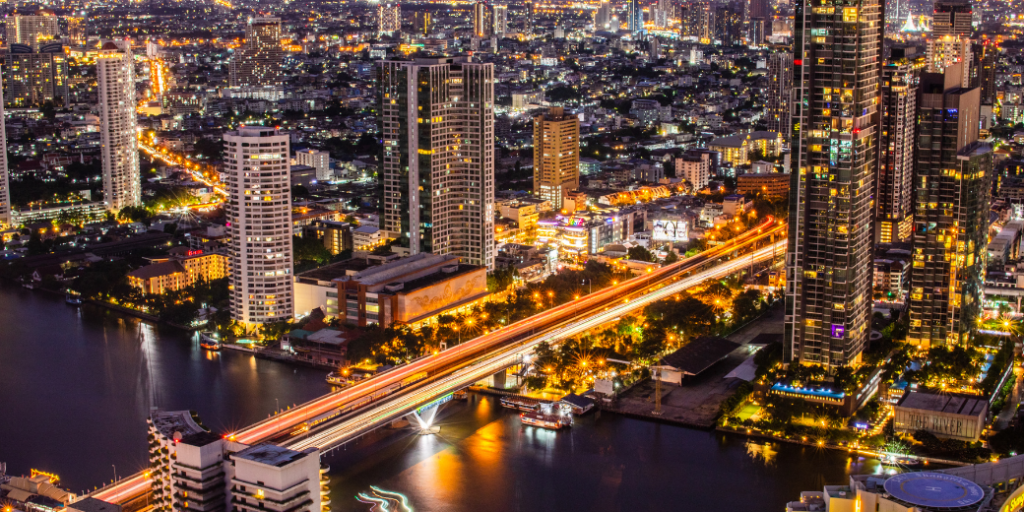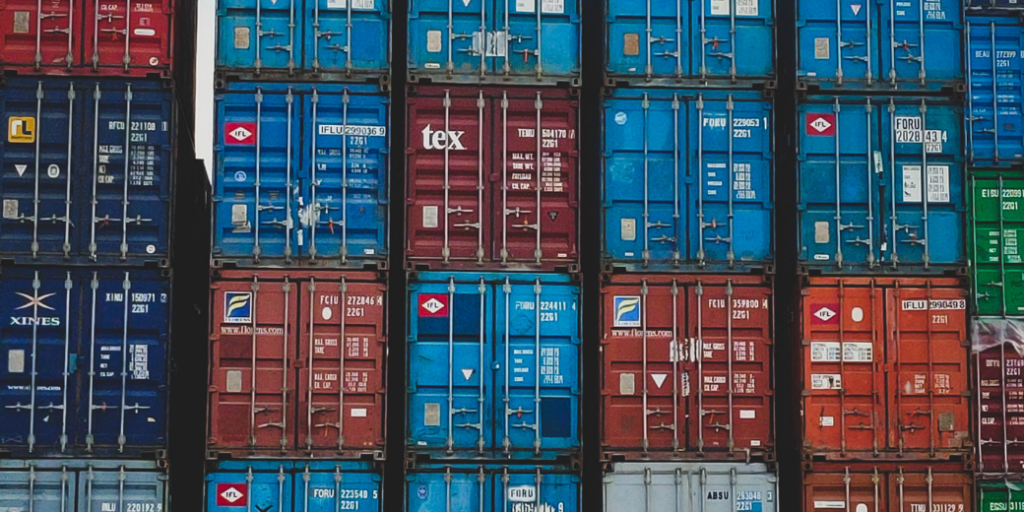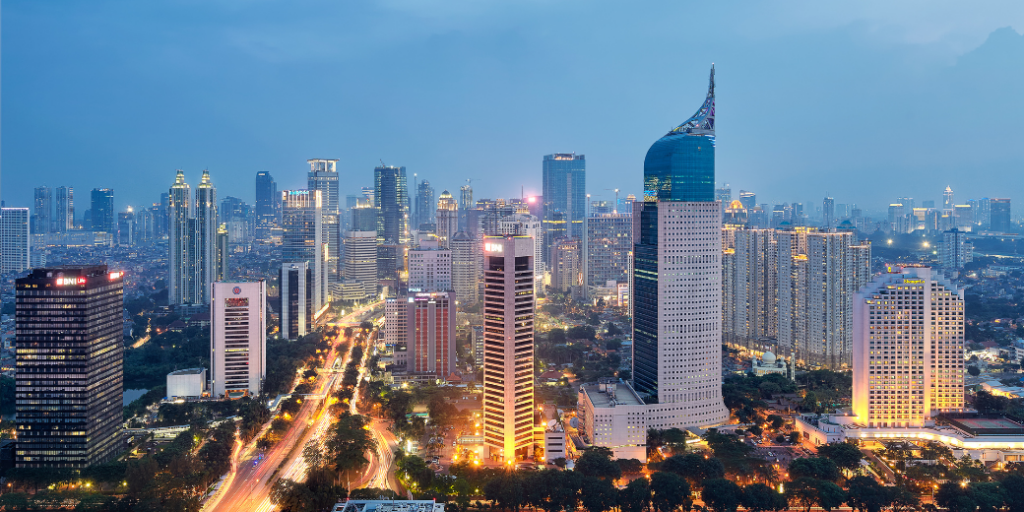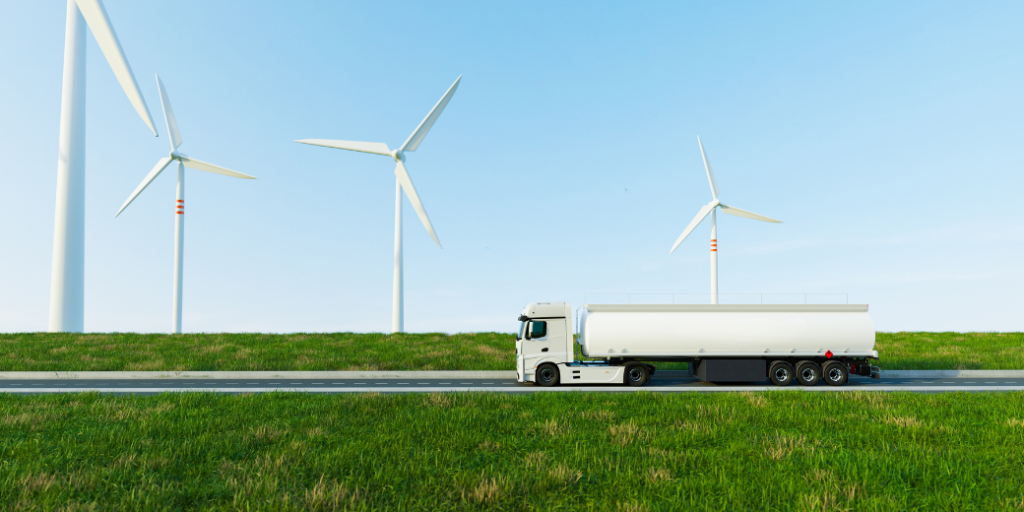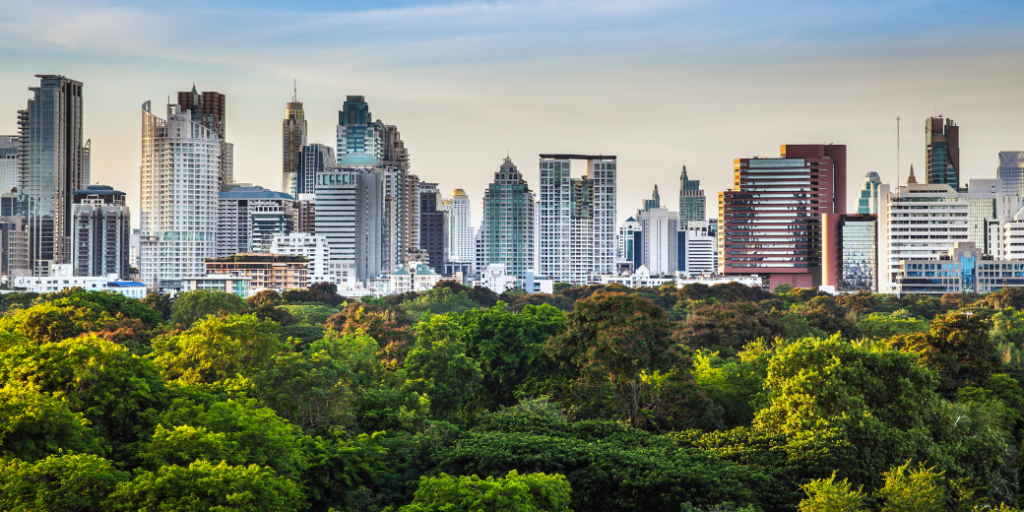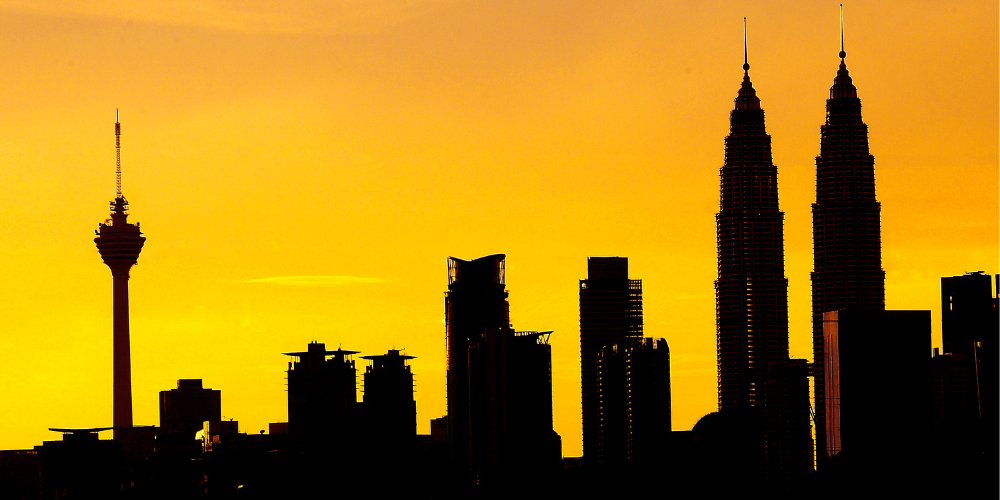Trend Reports
Clean Energy in Southeast Asia
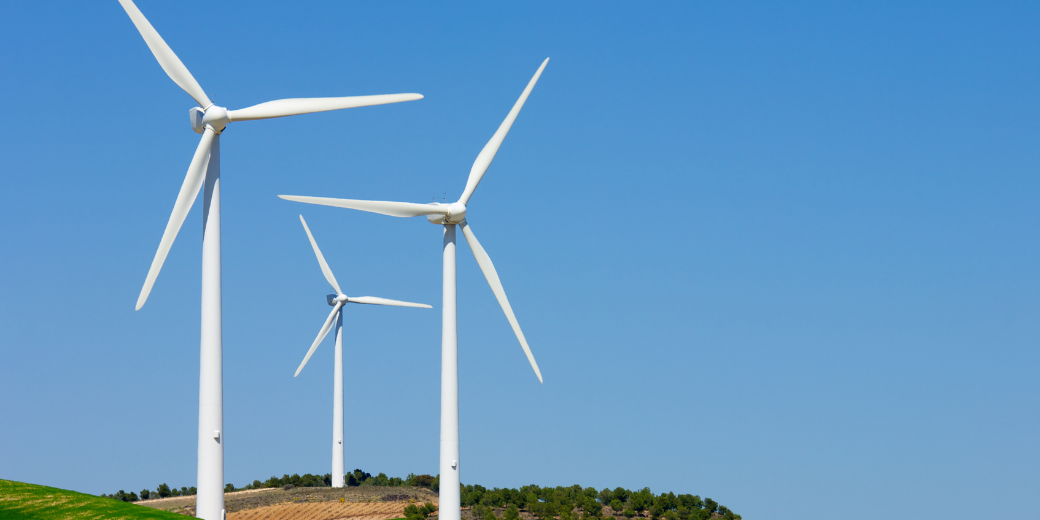
Why Clean Energy in Southeast Asia Demands Investor Attention
Energy Demand is Surging—And So are Fossil Fuel Risks
Southeast Asia is entering a critical inflection point. As the region’s energy demand surges—second only to India—its reliance on fossil fuels poses growing risks to both the environment and long-term energy security. This demand spike is driven by rapid urbanisation, robust economic growth, and increased use of energy-intensive technologies such as air conditioning and private vehicles. Between 2023 and 2035, total energy consumption is forecast to rise sharply, putting pressure on current energy systems.
This surge presents a dual-edged reality: while it points to infrastructure and industrial growth, it also highlights the vulnerability of carbon-heavy energy dependencies. In 2023, Southeast Asia represented just 2% of global clean energy investment, though its share of global energy demand is expected to reach 25% by 2035 from 11% in October 2024. This reveals a good opportunity for private capital to step in. Scaling clean energy is not only urgent—it’s essential for both national resilience and climate alignment.
Industry and Transport Sectors are Driving Clean Energy Urgency
The ASEAN region’s industrial and transport sectors are at the heart of this clean energy transition. Manufacturing hubs—from automotive to electronics—require consistent, cost-effective electricity to remain competitive. Simultaneously, increasing vehicle ownership in urban centres is fuelling demand for alternative fuels and green mobility solutions. Recognising these trends, governments and international bodies are accelerating policies and frameworks to promote renewables and energy efficiency initiatives.
Projections from the International Energy Agency (IEA) suggest that under existing policy scenarios, renewable sources are expected to meet over 35% of the region’s energy demand growth. However, to achieve this, clean energy investment must rise significantly for power generation, bioenergy and hydrogen innovation.
Solar and Wind Power Lead Southeast Asia’s Clean Energy Rise
Industrial edge and natural resources fuel solar and wind growth
Southeast Asia’s renewable energy sector is entering a transformative phase, with solar and wind emerging as the primary pillars of the region’s clean energy backbone. Solar photovoltaic (PV) already leads as the most established segment, thanks in part to the region’s strategic position as a global manufacturing base. As of Q1 2023, Southeast Asia produced 9–10% of global solar PV cells and modules, with Vietnam, Malaysia, and Thailand leading production. This industrial strength is complemented by favourable geography. The Malay Peninsula and the Philippines benefit from consistent sunlight year-round, while Thailand and Vietnam hold considerable wind and hydropower potential. These natural advantages, paired with ongoing technology improvements, are paving the way for a more sustainable electricity mix across the region.
Policy and capital are key to unlocking renewables at scale
Forecasts from the International Energy Agency (IEA) suggest renewables could supply up to 46% of Southeast Asia’s electricity by 2050 under current policy scenarios. In more ambitious pathways, this figure climbs to 54%. Solar PV is expected to grow at a CAGR of 11–14% , while wind may outpace it, with a CAGR of 13–18%, depending on the regulatory landscape. However, this transition will demand significant capital. The region must mobilise USD 35–40 billion in clean power investments by 2030, not including the additional capital required for emerging technologies such as hydrogen and bioenergy. This signals a large-scale investment opportunity where private equity and infrastructure funds can help close the financing gap.
Policy frameworks and demand trends accelerate energy transition
Momentum in renewables is not driven by supply capacity alone—demand signals are equally robust. Rapidly growing energy consumption in industrial and transport sectors, alongside national and regional decarbonisation goals, adds urgency to the clean energy transition. Policy frameworks such as ASEAN’s Plan of Action for Energy Cooperation (APAEC), along with power wheeling schemes in Vietnam, Malaysia, and Thailand, are helping independent power producers (IPPs) and new market entrants access the grid more freely. As Southeast Asia advances its renewable infrastructure, investors have a rare opportunity to shape and benefit from the region’s energy transformation. Supporting project developers, technology innovators, or digital grid optimisation platforms can deliver meaningful financial returns while offering direct exposure to Southeast Asia’s green growth trajectory.
Energy Startups Power Southeast Asia’s Innovation Surge
Singapore leads as regional hub for clean energy innovation
Southeast Asia’s clean energy shift is gaining fresh momentum from a growing ecosystem of energy technology startups. At the heart of this movement is Singapore, which accounts for more than 66% of the region’s energy-related venture capital (VC) funding. The city-state is leveraging strong government backing, a robust legal framework, and international partnerships to incubate scalable energy solutions. Favourable business conditions—such as reliable infrastructure, low corporate tax, and intellectual property protection—have positioned Singapore as the go-to launchpad for energy ventures in the region. Facing landfill saturation by 2035 and rising pressure on energy security, its startups are pioneering innovations in decentralised solar systems, waste-to-energy platforms, and hydrogen development.
ASEAN-wide startup growth drives decentralised clean energy models
Beyond Singapore, countries including Vietnam, Thailand, Malaysia, and Indonesia are witnessing a surge in clean energy entrepreneurship. These startups cover a wide value chain—from solar and wind development to hydrogen mobility and bioenergy. Many are embracing asset-light or “zero-cost investment” models, delivering affordable clean energy to industrial and commercial clients with minimal upfront costs. Companies like Cleantech Solar and Constant Energy are deploying power purchase agreement (PPA) models, offering predictable pricing and long-term sustainability benefits. Meanwhile, InterContinental Energy and SunGreenH2 are pioneering green hydrogen projects, and Redex is creating digital infrastructure for trading Renewable Energy Certificates (RECs) to streamline verification and monetisation across borders.
Policy support and M&A deals boost startup growth
The regional startup landscape is accelerating, helped by both domestic and international frameworks. Programmes such as ASEAN’s Plan of Action for Energy Cooperation (APAEC), Singapore’s National Hydrogen Strategy, and power wheeling policies in Thailand, Vietnam, and Malaysia are opening markets to independent producers and tech providers. Additionally, the Just Energy Transition Partnership (JETP) has unlocked USD 35.5 billion in funding for Indonesia and Vietnam, catalysing climate finance access for local innovators. Strategic investments are also helping regional firms scale quickly. Noteworthy transactions include EDP Renewables’ acquisition of Sunseap and Actis’ backing of Levanta Renewables. These deals are integrating Southeast Asian startups into the global clean energy value chain, unlocking growth and innovation potential at scale.
Investment in Southeast Asia’s Clean Energy Faces New Pressures
Market growth is strong—but execution remains complex
Southeast Asia’s clean energy sector offers significant long-term returns, but it is not without complexity. As investment flows grow, both startups and investors must navigate a mix of structural and geopolitical headwinds. The opportunity is clear: the region accounts for 11% of projected global energy demand growth by 2035, yet remains underpenetrated in clean energy. Forecasts suggest clean power revenue alone could reach USD 35–40 billion by 2030, propelled by solar, wind, and decentralised systems. Emerging verticals—including hydrogen, energy storage, and bioenergy—also offer promising but still-developing investment pathways.
Governments are stepping up support. Vietnam’s Direct Power Purchase Agreement (DPPA), Malaysia’s Third Party Access (TPA) scheme, and Thailand’s power wheeling policy are reshaping access for independent providers. Broader regional frameworks such as APAEC, the Just Energy Transition Partnership (JETP), and AZEC signal institutional commitment and capital mobilisation. These regulatory shifts provide the foundation for private sector entry and expansion—yet they also introduce layers of complexity that investors must manage carefully.
Chinese players and policy fragmentation pose growing challenges
While opportunity abounds, competition and execution risks are mounting. Chinese solar manufacturers, pressured by US tariffs and labour-related scrutiny, are relocating operations to Southeast Asia. These incumbents often benefit from mature ecosystems and economies of scale, allowing them to offer lower prices and faster execution. This places local startups at a disadvantage—making it essential for regional players to differentiate through innovation, speed, and flexible service models. Without these advantages, maintaining market share may prove difficult.
Capital deployment is also impacted by operational hurdles. Although startup activity is rising, many face limited access to project finance, slow permitting, and infrastructure gaps. These issues can delay timelines and squeeze margins. In this environment, strategic partnerships—with financial backers or experienced developers—become critical to reduce risk and improve project viability. Simultaneously, regulatory diversity across markets adds to complexity. Some governments impose local content rules, while others offer green bonds or tax breaks. Successfully navigating this fragmented terrain demands deep local insight and agile planning.
Despite headwinds, Southeast Asia remains a top energy growth zone
Despite these risks, the momentum behind Southeast Asia’s energy transition continues to build. Strong demand fundamentals, improving policy clarity, and a growing pipeline of startup-driven innovation position the region for long-term success. For corporates, M&A advisors, and institutional investors, the outlook remains attractive—especially for those willing to invest time, capital, and capability into the market. By understanding both the opportunities and pitfalls, stakeholders can position themselves to benefit from one of the world’s most dynamic clean energy frontiers.



